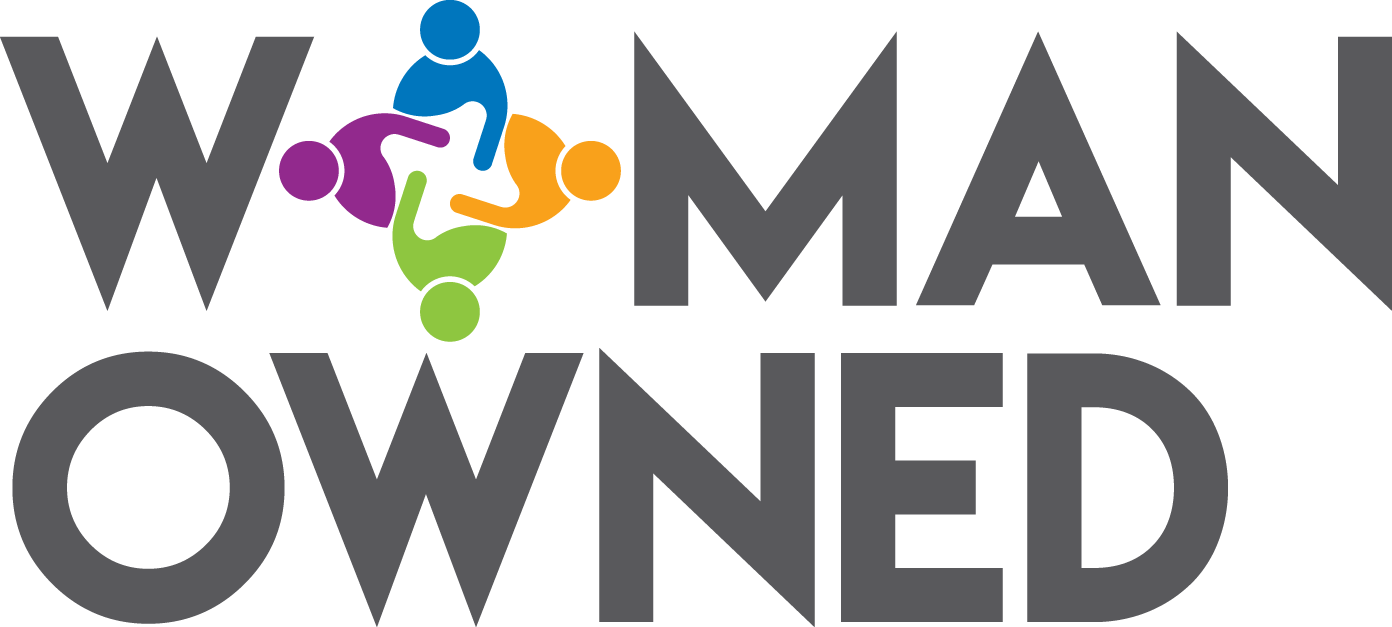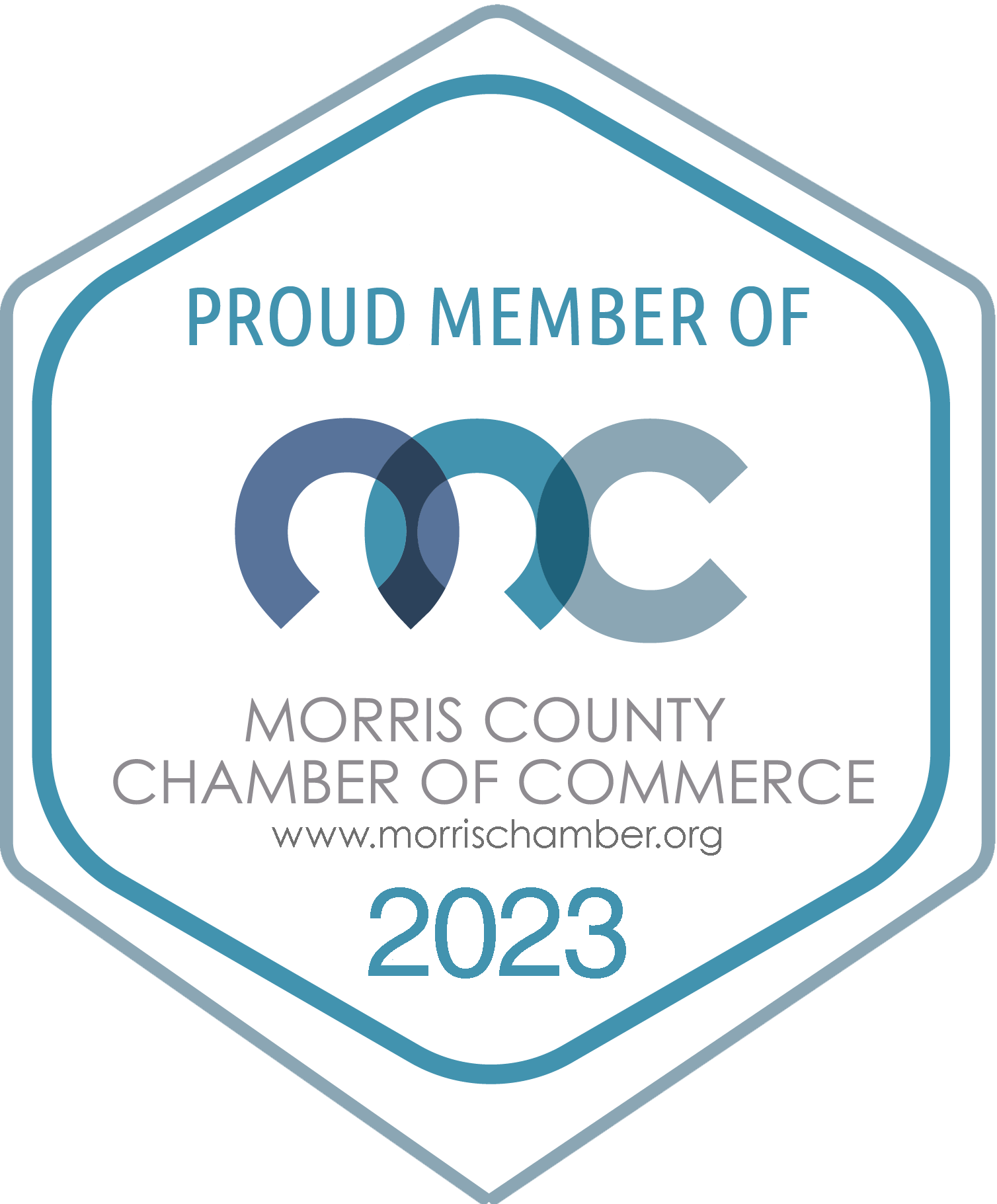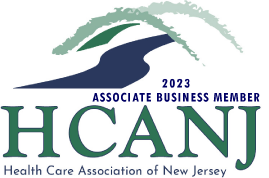
From the early days of the coronavirus pandemic, public health officials at all levels were quick to identify mis- and dis-information as legitimate threats to public health. Several utilized the term “infodemic” to illustrate how the spread of false information was akin to the spread of the actual virus. Given the media landscape and our hyper-connectivity via social, digital, and mobile media, the analogy is entirely appropriate.
The pandemic – along with sophisticated information warfare campaigns by foreign actors like Russia and China — has helped shine an important light on the considerable dangers associated with the spread of false information. These include mis-, dis-, and mal-information, as well as conspiracies; they’re not new and the threats they pose will outlive the pandemic. Our upcoming election is sure to amplify the problem. Though mis-, dis-, and mal-information are all related to the spread of harmful information, they each are separate and distinct. However, each serves to undermine trust, erode communication channels, and significantly disrupt our democracy, economy, workplaces, and communities. Basically, they attack our entire way of life.
- Mis-information is false information, though not created with negative intent
- Dis-information is false information specifically created to harm a person or group
- Mal-information is information based on reality, but used to inflict harm on a person or group
While these threats and their proliferation are well-studied and defined, there isn’t a clear consensus on how to address them most effectively. Organized and proactive disinformation campaigns typically involve detailed research, planning, and targeting. Further, all forms of mis-, dis-, and mal-information – even the basic rumor mill – include a process of seeding, sharing, and amplification. These various phases represent ideal opportunities for mitigation and management.
Just as viruses constantly mutate, so does disinformation. Sources and breeding grounds range from geopolitical rivals to a former employee with an ax to grind, and from those with complex motives to those simply looking for a malevolent adrenalin rush.
Government and media reform are essential … but they’re not assured. So, organizations and individuals must identify tools and tactics independent of institutional change. Further, the actions of individuals are essential elements in the proliferation of all forms of false information and so must necessarily be the centerpiece of any mitigation plan.
Leaders of organizations, and others specifically tasked with addressing false information — including public relations professionals, human resource professionals, and lawyers – need to look beyond their traditional “toolboxes” and consider new mitigation tactics based on the behavioral sciences. As noted by Edward Bernays, father of public relations and nephew of Sigmund Freud, those who understand the group mind are able to manipulate behavior … without those who are being manipulated even realizing it.
When information “tastes good” and is repeated with sufficient frequency, some will believe it – regardless of whether it’s accurate. Those tasked with dealing with mis-, dis-, and mal-information must have a thorough understanding of these illusory effects if they wish to successfully mitigate and manage.
Tools and Tactics for Organizations
Foundational Elements
- Understand the source. A long, complex list of behavioral, political, economic, communication, and media issues impact the formation and proliferation of dis-information.
Key Elements Organizations Must Consider
- Ability and motivation to understand, prepare, and plan for the threat will ultimately define successful mitigation.
- Understanding the value of the organization’s intangible assets, like reputation, trust, and brand, will impact mitigation. Trusted organizations with strong reputations generally have the durability and resilience to resist attack, thanks to their intangibles.
Essential Tools for Mitigating Dis-information
- Real-time listening and monitoring to quickly identifying false or misleading information.
- Robust communication infrastructure, processes, and channels, along with skillful professional counsel and support.
- Firmly established codes of ethics and a commitment to transparency.
Tactics for Mitigating Dis-information
- Organizations should use their voice and proactively encourage key publics to pause, even briefly, to consider and/or verify the credibility of information before sharing it via social media. Akin to a public service announcement, organizations should simply remind people to “Take 5 ” before sharing. In addition, social media channels like Facebook and Twitter might consider specific, “pause to consider” messaging.
- Message intervention through pre-bunking, attitude inoculation, de-bunking, and fact-checking. While widely used, fact-checking simply can’t keep up with the volume of disinformation. Pre-bunking and attitude inoculation are shown to be effective at building immunity and reducing susceptibility to dis-information. De-bunking and fact-checking should utilize detailed messaging to counter false claims.
- Continued use and development of the online gaming tool Bad News, which has proven effective at inoculating players against fake news and mis-information.
- Activate credibility boosters like partnerships with trusted third parties, community relations efforts, and thought-leadership programs that enhance credibility and increase resilience in the face of an attack.
- Messaging that is clear, consistent, and concise, and which incorporates stories and visuals. Be mindful not to highlight false claims and consider using the “truth sandwich” – begin and end with the truth and avoid overemphasizing the falsehood (never share false claims without clarification). And, because voids of information provide an opportunity for disinformation, limit voids.
- Particularly when dealing with more susceptible publics, activate and support recognized media literacy programs to help create a less fertile environment for dis-information campaigns.
Limiting the spread of misinformation, through pre-bunking and other measures, also helps decrease exposure to dubious claims at the core of many conspiracy theories.
The potential results of a successful mitigation effort are many, and the ultimate goal is enabling key publics to make more informed decisions. This said, organizations need to recognize that there are limitations to what can be accomplished. Total elimination of all sources and adversaries isn’t plausible.
No matter their mission or size, organizations are potential victims of dis-information, either by a direct attack or a shockwave from larger attacks. As the keeper of intangible assets, public relations professionals – especially those who understand the entire paid, earned, shared, and owned media environment – are ideally positioned to direct planning and mitigation efforts.
# # #
Click here for a pdf copy of the infographic above
Click here for a jpeg of the infographic above






